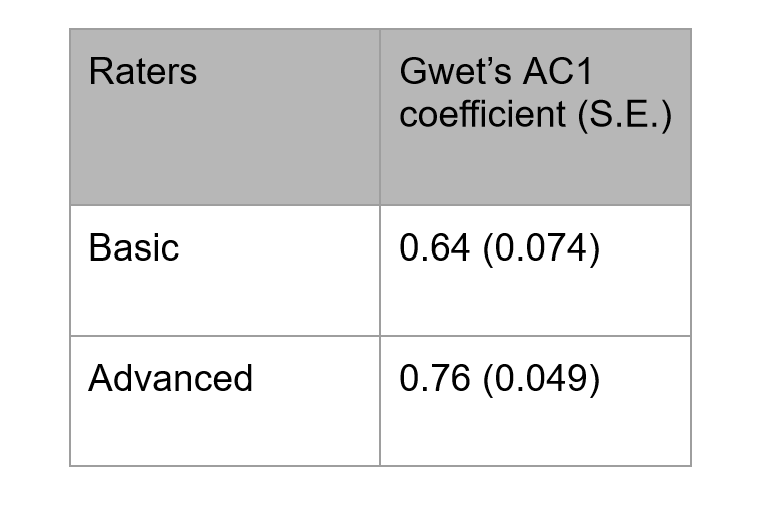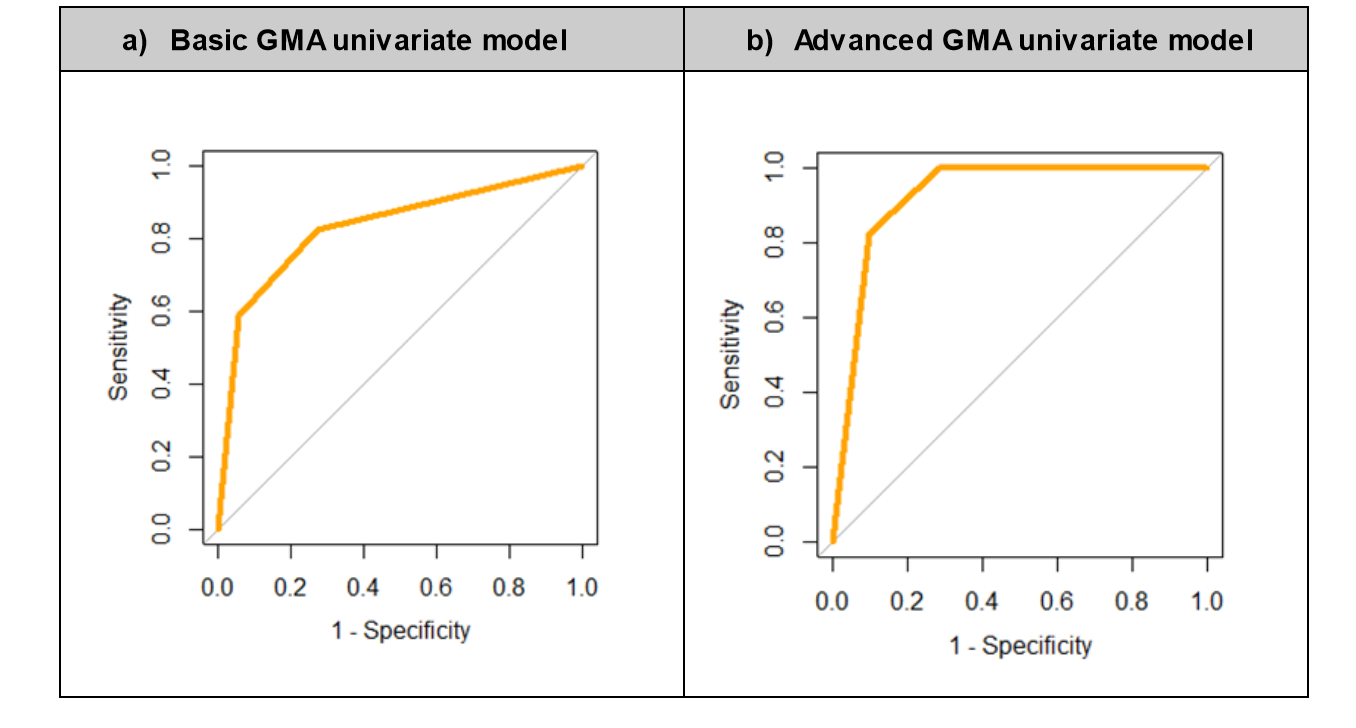Neonatal Follow-up
NICU Follow Up and Neurodevelopment 1: Developmental and Sensory Disorders
194 - A Comparison of Basic and Advanced GMA Training: Effects on Inter-rater Reliability and Prediction of Cerebral Palsy
Publication Number: 194.142

Namarta Kapil, MS (she/her/hers)
PhD Candidate
University of Arkansas for Medical Sciences
North Little Rock, Arkansas, United States
Presenting Author(s)
Background:
Early diagnosis of cerebral palsy (CP) leads to early medical intervention and improved clinical outcomes. Prechtl’s General Movement Assessment (GMA) is a qualitative video assessment that is an early predictor of cerebral palsy (CP) in infants. Trained readers interpret videos of infants to classify general movement patterns into different categories. GMA readers undergo two levels of training: basic and advanced.
Objective: To quantify the level of improvement in GMA interpretation before and after advanced GMA training, we compared (1) inter-rater reliability and (2) prediction of CP after basic GMA training and after advanced GMA training.
Design/Methods:
As part of a larger study, in a cohort of high-risk former NICU infants, we recorded two-minute videos of the infants in the supine position at 3-4 months of corrected age. After successfully completing basic GMA training, two readers scored the videos. After successfully completing advanced GMA training, the same two readers re-scored the same videos. Readers were blinded to clinical information and outcomes. In this cohort, we determined the infants’ neurodevelopmental outcomes at 2-3 years of age utilizing clinical judgment, medical history, EPIC chart review, Bayley scales-IV, and Ages and Stages Questionnaire-3 (ASQ-3). We compared inter-rater reliability between our readers with Gwet’s AC1 coefficient. Using univariate logistic regression, we plotted receiver operator characteristic (ROC) curves of GMA scores to determine the improvement in accuracy of predicting CP before and after advanced GMA training. We used R-Studio for our statistical analyses.
Results:
Our initial cohort contained 108 infants. Prior to the two-year mark, we lost 10 children to follow-up. Of the remaining 98 children, 17 had CP and 81 did not have CP. After advanced GMA training, the inter-rater reliability of GMA readers improved in strength of the agreement (Table). The area under the curve (AUC) of GMA ratings in predicting the later CP diagnosis also improved from 0.83 to 0.93 (Fig).
Conclusion(s):
Advanced GMA training is highly beneficial in improving readers’ capabilities to correctly identify abnormal movement patterns in 3-month-old infants and aid in providing an early diagnosis of CP.


